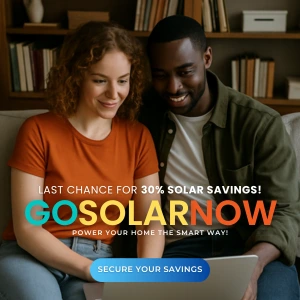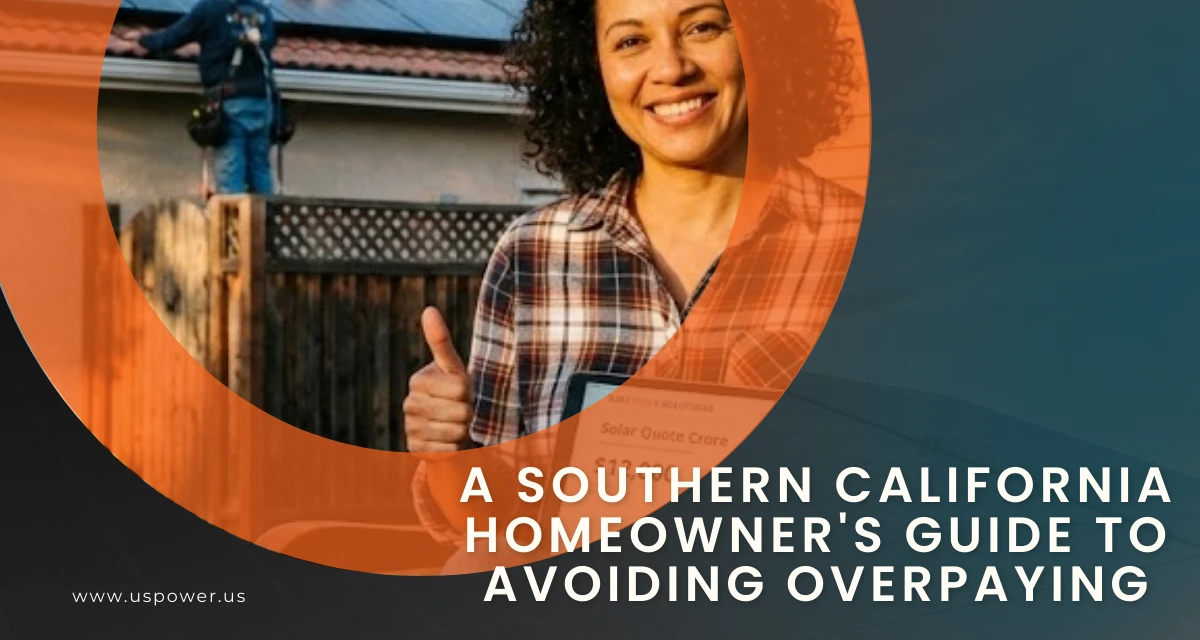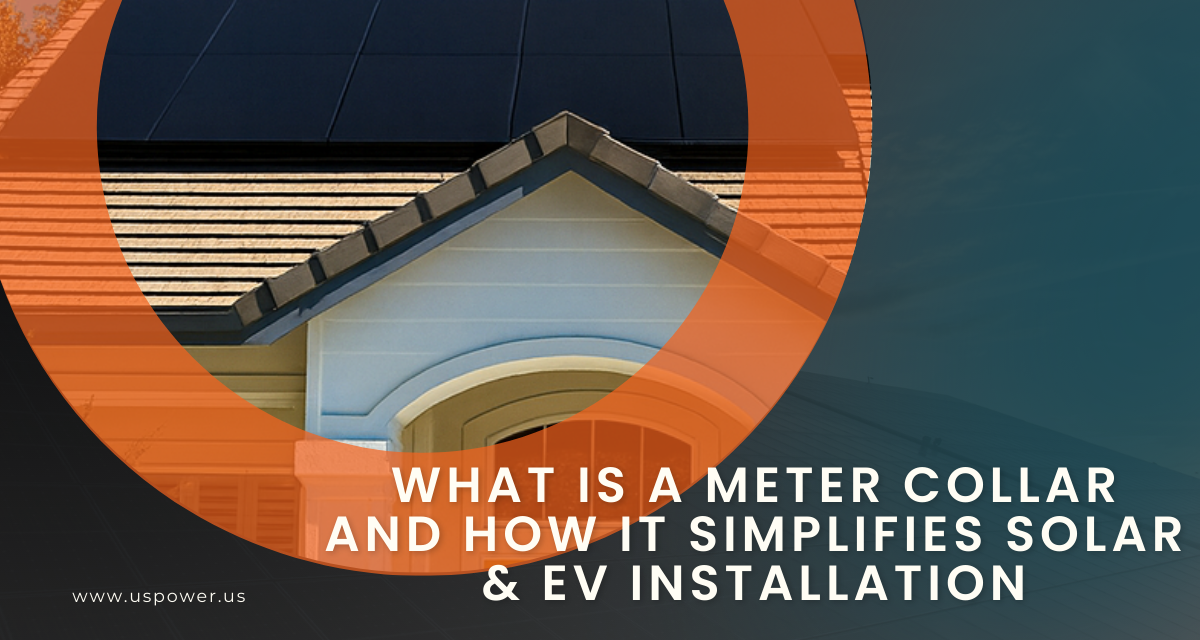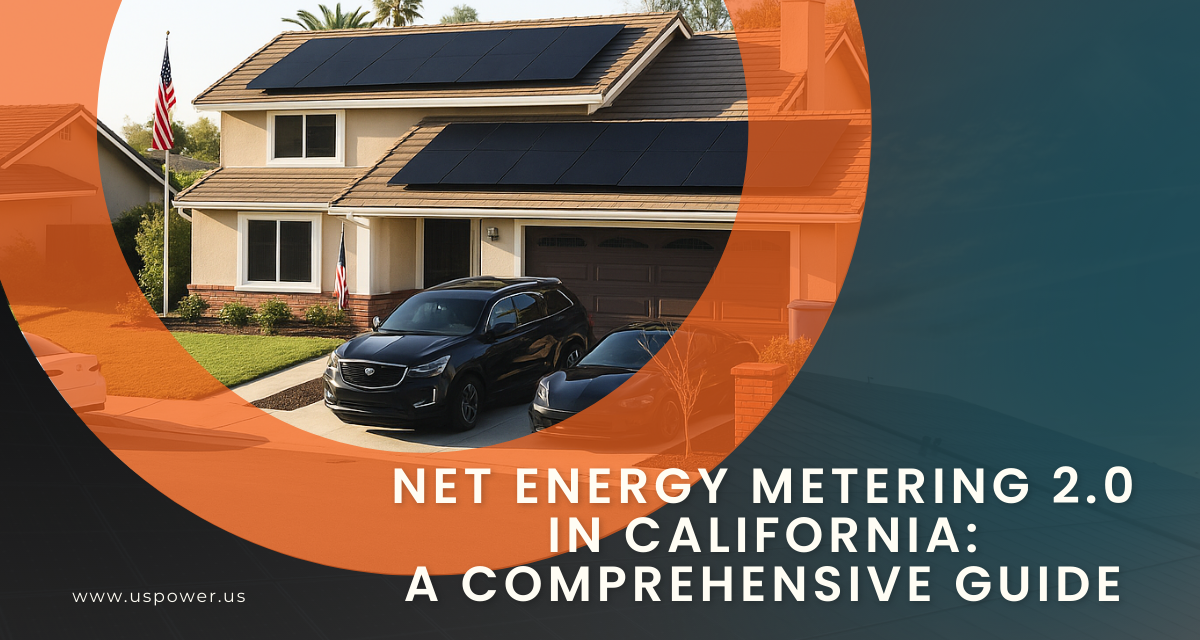Exploring Community Solar in California and Beyond

Solar and Roofing Advisor
Exploring community solar in California . Here's why you should take the path to sustainable energy.
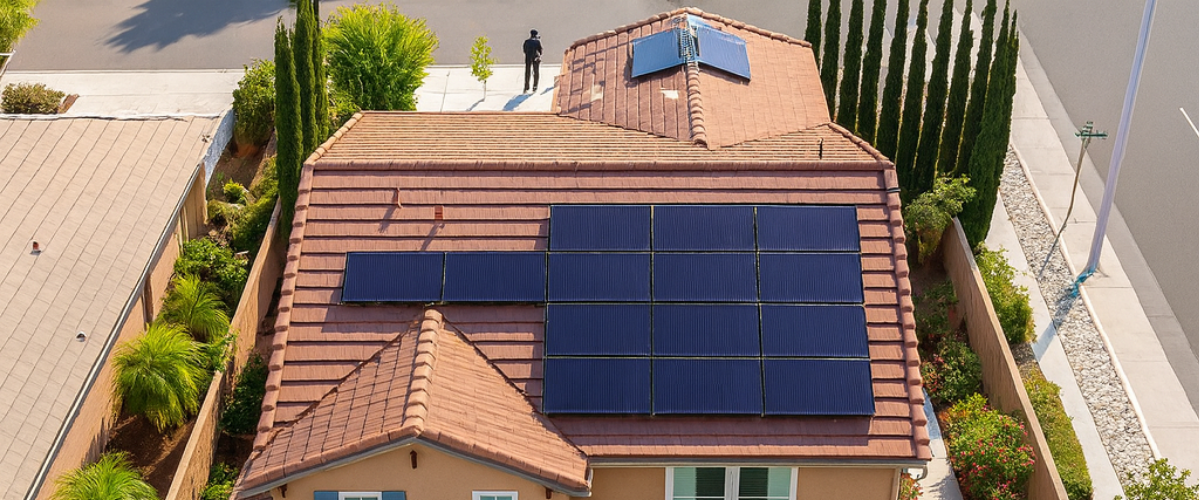
As the world shifts towards renewable energy, community solar projects are gaining momentum, particularly in California. These initiatives offer a sustainable alternative for those who cannot install solar panels on their rooftops. In this blog post, we'll delve into the concept of community solar, its benefits, and how it operates in California and beyond.
What is Community Solar?
Community solar, also known as shared solar, allows multiple participants to benefit from a single solar array, typically installed off-site. Participants subscribe to a portion of the solar power generated, which is credited to their electricity bills. This model democratizes access to solar energy, making it available to renters, those with shaded roofs, or individuals who cannot afford the upfront costs of solar panel installation.
Community Solar in California
California, a leader in renewable energy, has embraced community solar projects as part of its strategy to reduce carbon emissions. The state's ambitious renewable energy goals have accelerated the development of these projects, providing a viable option for many residents.
How to Use Community Solar in California
Participating in a community solar project in California is straightforward. Here are the steps to get started:
1. Check Your Eligibility
- Ensure you’re a customer of a participating utility like Southern California Edison (SCE), PG&E, or SDG&E.
- You don’t need to own a home—renters, condo owners, and small businesses can all qualify.
- For subsidized programs, check if you live in a Disadvantaged Community (DAC) and are enrolled in CARE or FERA.
2. Explore Available Programs
- Market-Rate Programs: Offered by solar utilities through programs like SCE’s Community Renewables.
- Subsidized Programs: Such as the DAC-Green Tariff (DAC-GT), Community Solar Green Tariff (CSGT), or local initiatives like San José Clean Energy’s Solar Access.
3. Choose a Provider or Project
- Compare solar providers based on location, subscription terms, savings, cancellation policies, and reviews.
- Contact your utility to find available projects in your area.
4. Review and Sign the Subscription Agreement
- Carefully read the terms of your contract: look for the price per kWh, term length, exit options, and how credits are applied.
- Most agreements are flexible with little to no upfront costs.
5. Start Receiving Energy Credits
- Once enrolled, your share of solar energy production will generate credits on your utility bill.
- These credits help offset your monthly electricity cost—typical savings range from 5% to 20%.
6. Monitor Your Savings
- Track your energy production and bill credits via your provider’s dashboard or utility bill.
- You’ll typically receive two bills: one from your utility (with solar credits applied) and one from the solar provider.
7. Cancel Anytime (If Needed)
- Most community solar programs allow you to cancel with notice and no penalty.
- Always confirm terms in your agreement before canceling.
Case Studies: Successful Community Solar Projects
Several successful community solar projects in California highlight the potential of this model:
1. Solar Access by San José Clean Energy (SJCE)
Location: San José, CA
Launch Year: 2022
Overview:
SJCE's Solar Access program provides 100% solar power to income-qualified residents enrolled in CARE or FERA programs and living in Disadvantaged Communities (DACs).
Impact:
- Serves hundreds of households with up to 45% bill savings when combined with CARE discounts
- Helps San José meet equity and emissions goals
Unique Feature:
No rooftop solar needed—participants subscribe to a local solar project managed by the city utility.
2. Imperial Irrigation District (IID) Community Solar Project
Location: Imperial Valley, CA
Launch Year: 2017
Overview:
IID created a solar farm that allows residents to buy "blocks" of solar energy at a fixed rate.
Impact:
- Stabilized energy costs for customers in a region with extremely high summer usage
- Expanded renewable access in an area with high solar potential
Unique Feature:
Flat-rate pricing model lets customers lock in predictable savings.
3. SOMAH Program (Solar on Multifamily Affordable Housing)
Location: Statewide (including L.A., San Diego, Bay Area)
Launch Year: 2019
Overview:
SOMAH supports installation of solar systems on affordable housing properties, allowing tenants to receive solar bill credits through a virtual net metering setup—similar to community solar.
Impact:
- Over 160 MW of solar approved
- Over 200,000 low-income renters projected to benefit
Unique Feature:
Combines environmental justice and housing equity with clean energy access.
4. Peninsula Clean Energy – Community Solar Pilot
Location: San Mateo County, CA
Launch Year: 2021 (Pilot Phase)
Overview:
Peninsula Clean Energy (PCE) partnered with local agencies to develop community solar sites for income-qualified residents and renters.
Impact:
- Lowered energy costs for low-income households
- Enabled 100% clean electricity access for participants without on-site solar
Unique Feature:
Partnered with the nonprofit GRID Alternatives to ensure community engagement and job training.
5. Clean Power Alliance – Community Solar Green Tariff (CSGT)
Location: Los Angeles and Ventura Counties
Launch Year: Ongoing
Overview:
Through the CSGT program, Clean Power Alliance develops local solar projects that provide 20% bill discounts to low-income households within 5 miles of the solar farm.
Impact:
- Benefits communities historically overburdened by pollution
- Supports energy justice in urban and suburban neighborhoods
Unique Feature:
Locally sponsored solar farms that give communities ownership and financial relief.
Community Solar Beyond California
While California is at the forefront, community solar is expanding across the United States. States like New York, Minnesota, and Massachusetts have implemented successful programs, demonstrating the scalability of this model.
The Future of Community Solar
Community solar presents a promising solution for increasing access to renewable energy. As more states adopt this model, the potential for widespread environmental and economic benefits grows. For those interested in exploring community solar options, call us to know more about it. Embrace the future of energy by considering community solar as a sustainable alternative. For residential solar, US Power offers comprehensive energy solutions tailored to meet diverse needs.
Contact US Power today to learn more about solar and contribute to a greener future.
Frequently Asked Questions
Related Articles
Our Related Blogs
A Southern California Homeowner's Guide to Avoiding Overpaying
Getting solar quotes that differ by thousands of dollars? You're not alone.
What Is a Meter Collar and How It Simplifies Solar & EV Installation
Learn how a meter collar speeds up solar and electric vehicle (EV) installations.
Net Energy Metering 2.0 California: A Comprehensive Guide
Understand California’s NEM 2.0 and how it affects homeowner's solar energy savings.








We empower communities and businesses to harness clean, renewable solar energy solutions that drive sustainable growth.
Ready to Own Your Power? Call us today!
818-650-8010
Copyright © 2025 US Power - Axia by QCells. All Rights Reserved.
Privacy is important to us, so you have the option of disabling certain types of storage that may not be necessary for the basic functioning of the website. Blocking categories may impact your experience on the website.
Essential
These items are required to enable basic website functionality.
Personalization
These items allow the website to remember choices you make (such as your user name, language, or the region you are in) and provide enhanced, more personal features.
Marketing
These items are used to deliver advertising that is more relevant to you and your interests.
Analytics
These items help the website operator understand how its website performs, how visitors interact with the site, and whether there may be technical issues.
We and our third-party partners use cookies and other technologies to enhance and track your experience on this site, conduct analytics, and personalize marketing to you. By using the site, you agree to our use of these technologies, including recording and monitoring your interactions with the site.
Get an instant solar estimate using satellite!

